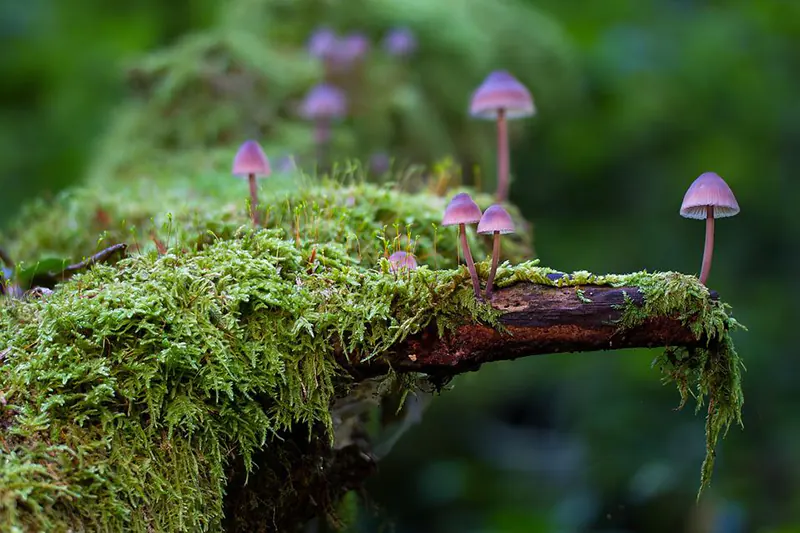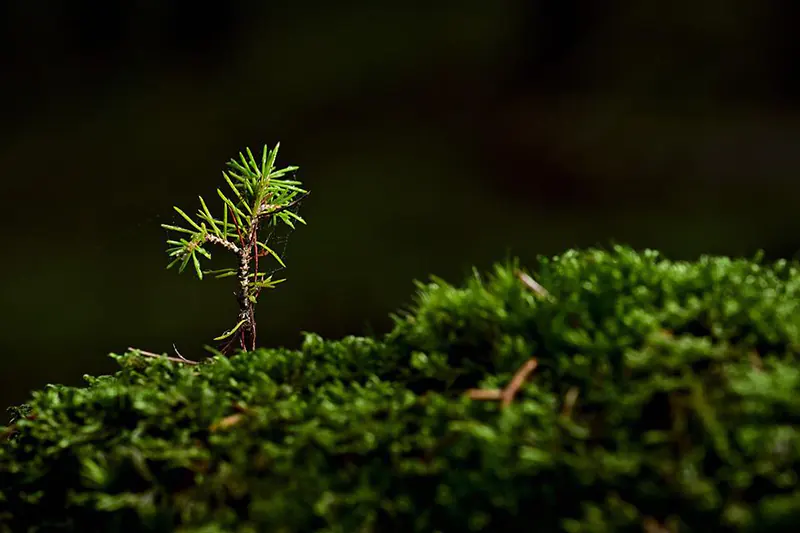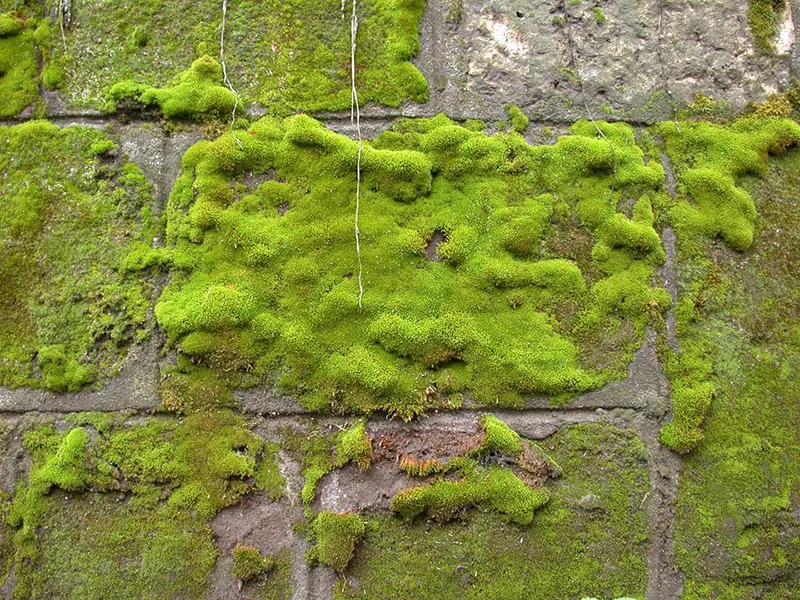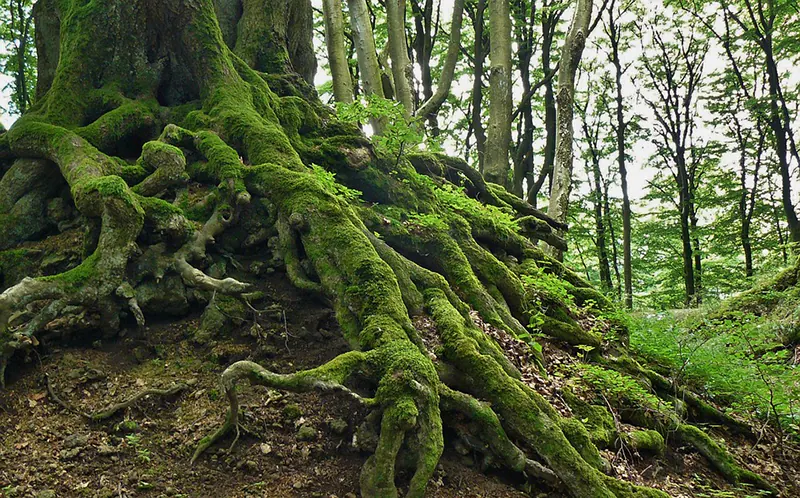How to Transplant Moss
One question we often receive from our followers is how to transplant moss into a bonsai pot. Moss has long been a traditional supplement to top the soil, especially when it grows over the small tree’s roots. There are a few ways you can achieve it, but you’ll need to be careful not to let it die.
In this guide, you’ll not only learn how to transplant moss safely to your bonsai but also how to care for it once there. We’ll show you what types of moss there are, while you’ll see answers to some of the more common questions online.
Why is Moss so Popular with Bonsais?
If you’re a beginner at bonsai trees, we’ll forgive you for thinking that moss is merely for appearance. Not only does it look stunning and natural on the soil and roots, but it also retains the moisture in the soil, preventing it from drying out. Creating a lovely moss covering can be tricky, which is why you need to learn how to transplant moss properly.
There are also a few other benefits of moss on bonsais, which we’ll cover later.
What Types of Moss can you Grow?
People sometimes mistakenly believe there is only one type of moss. So, when they head to the local store and ask for moss, they’re often confused when the bonsai master asks, “What type of moss would you like?” There’s more than one kind, and here’s a quick summary of which ones suit bonsai trees:
- Silver moss (Bryum argenteum)
- Sheet moss (Hypnum curvifolium)
- Big star moss (Atrichum undulatum)
- Fern moss (Thuidium delicatulum)
- Starburst (Atrichum altecristatum)
The scope of this article isn’t to explain how to identify moss, which we’ll cover in a separate guide. However, you do need to know that there are different types so you can understand that each one has various requirements. You’ll also need to see which one will suit your bonsai species, which we’ll discuss a bit later.

How to Transplant Moss in a Few Easy Steps
With a better understanding of why they work so well with these small trees, let’s get to our guide on how to transplant moss safely within a few steps.
Step 1: Prepare the bonsai upper soil
You’ll need to make sure the bonsai soil has a rough texture so that the moss filaments can attach to it. If it’s smooth or unturned for a few months, the moss might not be able to grow properly.
To prepare it, take a small rake or fork tool and turn the upper layer of the soil over. When you run your fingers over it, you should feel how rough the texture is to your fingers. Rake as much of the soil on the surface as you’d like the moss to grow.
Step 2: Test the soil acidity
You don’t want the soil’s pH layer to be higher than 5.5. Run a test with your soil kit or strip to see if the acidity level is high enough. If not, you’ll have to take some measures to increase it, i.e., make it lower than 5.5.
Manure and compost help with raising the acidity level, but you can also try pine needles if that doesn’t work. Feel free to ask your local store for any additives that may help.

Step 3: Wet the bonsai upper soil
Moss loves water, which is why it grows so well in damp areas. It’s best to soak the soil for about 30 mins before you place the moss on it. If you want, you can again rake the surface to provide a more rough texture if the water made it smooth again.
Let the water drain when you’re done soaking, as too much water can result in mold forming or the moss dying. You’ll still want the soil damp for when you transplant the moss to the bonsai pot. Feel the upper soil to see if there’s any standing water and if there’s enough moisture.
Step 4: Carefully transplant the moss
Here’s the tricky part. You need to make sure the filaments of the moss underneath remain intact when you transplant them. Carefully take the layer of moss and place it on the newly-prepared soil, making sure it attaches to the rough texture.
That’s only the first part. Now, you need to make sure it remains secure until the filaments attach to the soil. You can use landscape pins through the moss bed into the soil, or use a rock to keep it in place. Remember, the moss needs sun to grow properly, so the rock shouldn’t overshadow it too much.
Step 5: Spray the moss daily
Keep the moss moist with a spray bottle until you feel some resistance when you lightly tug on it. Give it a few weeks until you see the moss bed is spreading over the bonsai soil, and hopefully over any exposed bonsai roots you have in place. It’s a sure sign that all is going well and you learned how to transplant moss properly.
However, you need to keep in mind that your bonsai species might not like so much water, which is why you should spray. That’s also the reason you need the right bonsai tree with the moss.

The Benefits of Moss for Bonsais
If you’re still wondering if you should transplant moss to your bonsai, there are a few advantages you should be aware of. Besides the beauty that it brings, you’ll enjoy the process of moving them to your bonsai pot, giving you some time to bond with nature.
- More natural environment: There are some bonsai styles that work very well with a mossy landscape. For instance, root over rock and cascade bonsai are two where the moss will look completely natural, replicating nature in its finest form.
- Retains moisture: One of the top benefits of transplanting moss is that it will help retain moisture in the soil. It’s especially helpful with species that love watery or swamp conditions, such as the Swamp Cypress of Syzygium (water berry).
- Ideal insulation: Moss also provides insulation throughout every season. In summer, it stops the soil from drying out and keeps it cool. In winter, it will keep the soil warm and prevent frost from killing the roots.

Matching the Right Moss with the Bonsai Species
We’ve mentioned this aspect a few times, but we want to stress how important it is to place the right type of moss with the best bonsai species. They love various pH levels, with most veering towards more acidic. Not all bonsai trees love acidic soil, so you don’t want to place moss with species that are more fond of alkaline levels.
You need to keep in mind how much moss loves water and sunlight. Bonsai trees that are drought tolerant or should only receive water twice a week are a bad match. For example, you don’t want to grow a moss layer over a succulent tree, such as the Jade Plant or any Crassula species. It’s possible with light misting, but we still recommend caution.
Finally, you should be careful with bonsai trees that have sensitive roots. While the moss filaments won’t sink too far into the soil, they may creep onto any exposed roots. If you’re not careful, it can lead to root rot with the wrong species. However, other trees may develop moss on the roots without your assistance, which is a beauty to behold.

Can you take moss from outside?
Using moss from the outside is perfectly fine for your bonsai. As long as you follow our steps for how to transplant moss above, you’ll be well on your way to seeing new growth in a few weeks’ time. Just make sure you have permission to collect the moss from the location, especially if it’s on someone else’s property.
Common Questions about Transplanting Moss
The internet and our followers are full of questions pertaining to moss and how to transplant it. We’ve also seen some queries on caring for it once placed. We’ve answered as many questions as we could find relating to the topic so you don’t need to look for solutions elsewhere.
What is the fastest way to propagate moss?
The best and quickest way to grow moss is by providing a moist environment that has plenty of sunlight. You can also place it in a closed container with a transparent lid to hold the humidity while the filaments spread. Remember to keep spraying the top to keep it wet.
How long does moss take to root?
It depends on the type of moss and environment. Some types develop roots within the first six weeks, while others can take as long as two years. Even with the latter, you should see growth within two months before the roots really form and take hold of the soil.
Does moss grow from cuttings?
Yes, this is the number one method to propagate and transplant moss. You can grow them in rich numbers, even if it takes longer to spread over a surface. The filaments form and take root from every piece you place on the soil, as long as the conditions are right.

How can you encourage moss to spread?
It’s important that you keep the soil area clean and free from debris. Moss will struggle to grow on soil areas that are dirty or filled with strange objects. Other than that, keep it moist every day and make sure there’s enough sunlight. You should also check the surface of the moss bed to see if there are any issues.
Can I grow moss without soil?
Yes, you can grow moss on other surfaces other than soil, as long as it’s clean and it has a rough texture. The same rules apply to spraying the moss bed and providing sunlight so it can spread. The filaments will attach to the rock, root, or brick you place it on.
What is the lifespan of moss?
It depends on how well you look after the moss. They grow slowly and can cover large surfaces, given time. The moss’s lifespan ranges from two to ten years, and it may even exceed that in the right environment. Just make sure there’s enough moisture and sunlight to keep it happy.
Does moss spread quickly?
Some moss grows faster than others. For example, Irish moss has been known to grow at a rate of 12 inches per annum, while Sphagnum moss might only reach 5 inches per year. You’ll need to research your specific type to know how quickly it will spread.
How often should moss be watered?
You should mist your moss daily at the start and then move towards twice to thrice a week. It depends on whether the moss bed feels dry or moist. Also, don’t use water directly from the tap, as the chlorine makes moss turn brown. You can store water in a spray bottle for 24 hours before applying it to the moss surface.

Final Thoughts on Transplanting Moss
While we prefer to see moss growing naturally in a bonsai environment, you may discover it developing elsewhere in your garden where the conditions are right. In these situations, learning how to transplant moss properly helps in making the bed spread over the soil.
We hope this guide has helped you transplant moss to your bonsai soil in a way that makes it grow. It’s also ideal for when you’re propagating moss in trays and want to place them by different bonsais for that authentic look. Let us know in the comments if you succeeded.







